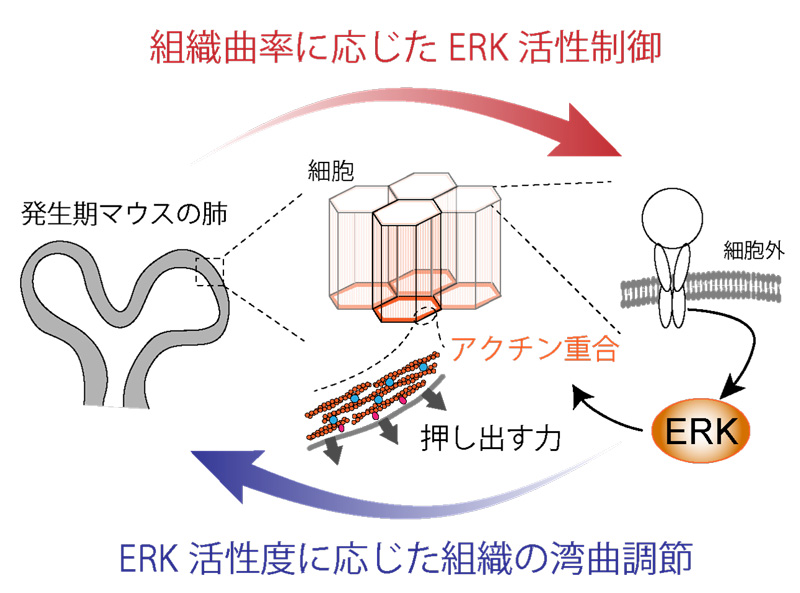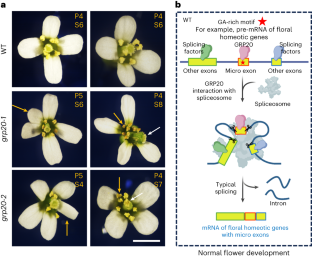2024-02-02 パシフィック・ノースウェスト国立研究所(PNNL)
◆米国エネルギー省太平洋西北国立研究所とオレゴン健康科学大学の研究者チームは、AML患者のプロテイン活性に焦点を当て、人工知能を活用してデータを解析。その結果、quizartinibという治療薬がvenetoclaxへの反応を変化させ、panobinostatへの切り替えが検討される可能性が浮かび上がりました。この研究から得られたプロテオゲノミクス情報が、将来的には患者の治療法の選択肢を拡充し、薬剤耐性の克服に寄与することが期待されています。
<関連情報>
- https://www.pnnl.gov/news-media/proteins-suggest-path-reduce-drug-resistance-form-cancer
- https://www.cell.com/cell-reports-medicine/fulltext/S2666-3791(23)00576-1
プロテオゲノミック・ランドスケープのマッピングにより急性骨髄性白血病の薬物反応予測が可能に Mapping the proteogenomic landscape enables prediction of drug response in acute myeloid leukemia
James C. Pino,Camilo Posso,Sunil K. Joshi, …,Cristina E. Tognon,Karin D. Rodland,Sara J.C. Gosline,,
Cell Reports Medicine Published:January 16, 2024
DOI:https://doi.org/10.1016/j.xcrm.2023.101359
Highlights
•Proteogenomic characterization paired with drug response of 210 patients with AML
•Identification of 4 subtypes that correspond to AML drug response landscape
•Predictive drug response models for 46 drugs with venetoclax as a top performer
•Found that drug exposure changes cancer subtypes and alters drug sensitivity
Summary
Acute myeloid leukemia is a poor-prognosis cancer commonly stratified by genetic aberrations, but these mutations are often heterogeneous and fail to consistently predict therapeutic response. Here, we combine transcriptomic, proteomic, and phosphoproteomic datasets with ex vivo drug sensitivity data to help understand the underlying pathophysiology of AML beyond mutations. We measure the proteome and phosphoproteome of 210 patients and combine them with genomic and transcriptomic measurements to identify four proteogenomic subtypes that complement existing genetic subtypes. We build a predictor to classify samples into subtypes and map them to a “landscape” that identifies specific drug response patterns. We then build a drug response prediction model to identify drugs that target distinct subtypes and validate our findings on cell lines representing various stages of quizartinib resistance. Our results show how multiomics data together with drug sensitivity data can inform therapy stratification and drug combinations in AML.
Graphical abstract



